Juho Saarinen’s pectoral cross
Artefact of the month - June 2021
In March 1913, St. Petersburg celebrated the 300th anniversary of the Russian Romanov dynasty. Also present was Reverend Juho Saarinen, who served as the vicar of the St. Mary’s Parish in St. Petersburg. Reverend Saarinen is said to have received the gold-plated silver cross in this connection in recognition of his work in Ingria and St. Petersburg. Made in St. Petersburg in the 1880s, the cross features a crucifix on the front and a text on the back informing that emperor Nicholas I founded the cross of merit on 26 May 1843. The cross reads in Cyrillic letters, “To the shepherd who sets an example for his flock in words and deeds”. In Russia, all Orthodox priests had long worn a silver pectoral cross, and especially distinguished priests had received a gold cross. By Nicholas I, the cross was introduced as a decoration for priests of other denominations as well. These crosses were awarded to distinguished foreign priests between 1843 and 1917.
Juho Saarinen (18 June 1846–7 December 1920) was a clergyman, writer and translator. He was born in Sysmä as the first-born son of cotter Joonas Olavinpoika and Eeva Putt. From Sysmä, the family moved to Kemppilä croft house in Hartola. The father taught Juho to write, and already at the age of seven, he received an excellent report at a catechetical meeting. After the family moved back to Sysmä, Juho got a Swedish-Finnish dictionary from his father, as pupils were required to know Swedish at school. In 1858, a Finnish-speaking primary school was opened in Jyväskylä, and Juho saw his chance. With the support of Sysmä’s Reverend Lindeqvist and families belonging to the gentry, he was admitted to the school. After obtaining his diploma, Juho proceeded to Helsinki in May 1867 to complete his matriculation examination with the overall grade of ‘laudatur’.
In the autumn semester of 1867, Saarinen began theology studies at the University of Helsinki. He graduated from university on 21 December 1870, and in January 1871, he was ordained a priest in Porvoo. He was then commissioned at Mäntyharju, where he married Selma Broms in March 1871. Juho and Selma went on to have seven children, four boys and three girls. The firstborn, Hannes, was born in 1872, and the second son, Eliel, who later became a well-known architect, was born the following year.
The commission in Mäntyharju lasted only until the end of 1871. Next, Saarinen moved to Ruskeala, north of Sortavala, as the preacher for a year of grace. The work included church services and other pastoral tasks as well as trips to catechetical meetings and sick visits. The locum post in Ruskeala ended in spring 1873, and the subsequent commission took the family to Rantasalmi. Saarinen was ambitious and aimed to become a vicar. The best chance to achieve this was in Ingria, where there was a shortage of priests. Thus, the family moved to Ingria in 1875, where Saarinen worked as a priest in Liissilä. Besides the priest’s fees, he received income from farming and animal husbandry as well as a parsonage for their dwelling. In 1877, Saarinen was elected vicar of the Spankko-Kolppana Parish, where he served for 17 years while the family kept growing. In 1894, Saarinen was elected vicar of the Lempaala Parish. Lempaala was the oldest parish in Ingria, with 86 villages and 5,612 inhabitants.
A national awakening took place in Finland and Ingria in the late 19th century. However, Finnish nationalism was not considered a good thing by everyone in the 1890s, which is something that the Saarinen family also found out. In autumn 1899, Juho Saarinen was expelled for two years from the governorate of St. Petersburg due to excessive Finnish nationalism. The bell-ringer of the parish also suffered the same fate. The story has it that all the parishioners came to see off the expelled vicar and bell-ringer. The Saarinen family moved to Kuokkala, in Terijoki.
However, Juho Saarinen was allowed to return already in 1900, as he was appointed assistant vicar of the Finnish Parish in St. Petersburg. Founded in the 18th century, the St. Mary’s Parish included approximately 15,000 people when Juho Saarinen became the assistant vicar there. The move to St. Petersburg took Saarinen some getting used to, as he had previously worked only in rural parishes. Eventually, Juho and Selma settled in the city and lived in the assistant vicar’s rectory for eleven years. In 1911, Saarinen became the vicar of the Finnish Parish of St. Mary’s in St. Petersburg, and the couple moved to a new rectory. There was a lot of work to be done in the big parish, and a couple of years later, Juho received the pectoral cross in recognition of his meritorious work. St. Mary’s Parish continued its activities despite the 1917 revolution. Still, in May 1918, Juho Saarinen gave his resignation as the vicar, returning to Finland in the middle of the same month. He did not take many objects with him from his St. Petersburg home, but the cross was one of them. In Finland, Juho moved to live with his son, Eliel, in Hvitträsk, Kirkkonummi, where he died on 7 December 1920. He was buried in Mäntyharju next to his wife, Selma.
After Juho Saarinen’s death, the cross was passed on to his eldest son and then to his descendants. The heirs donated the pectoral cross to the National Museum’s collections in 2020.
Frida Ehrnsten
Sources:
Vopio, Pentti J. (toim.) 1996. Katovuosista kumousvuosiin. Rovasti Juho Saarisen vaiheita. Juho Saarisen sukutoimikunta, Helsinki.



-
2024
-
2023
-
2022
-
2021
-
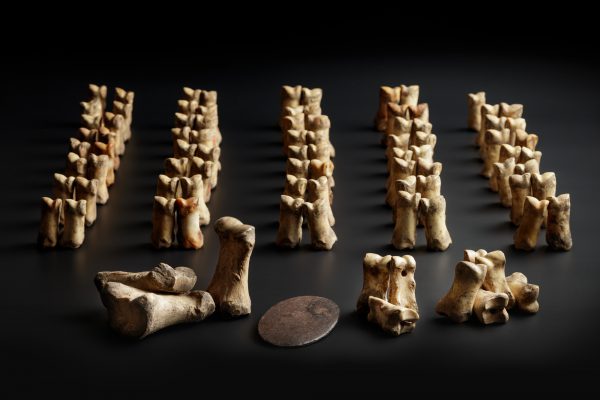 Skittle set made of bone
Skittle set made of bone
-
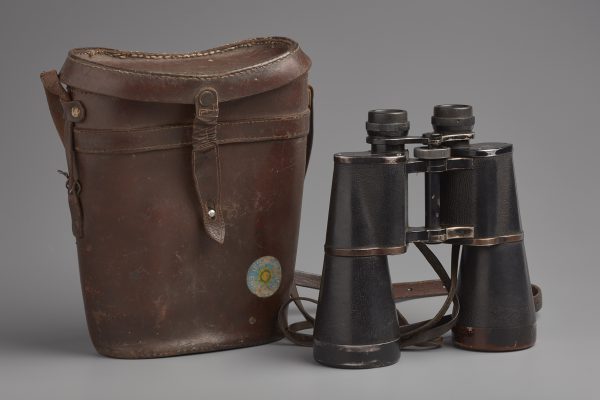 Equipment of ornithologist Pentti Linkola – binoculars and a notebook
Equipment of ornithologist Pentti Linkola – binoculars and a notebook
-
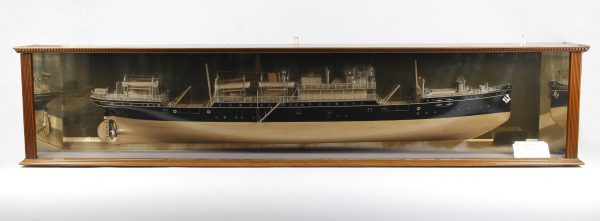 Scale model of the S/S Arcturus
Scale model of the S/S Arcturus
-
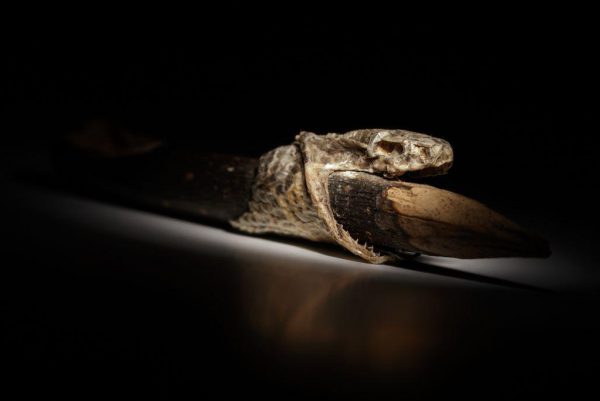 The mighty snake
The mighty snake
-
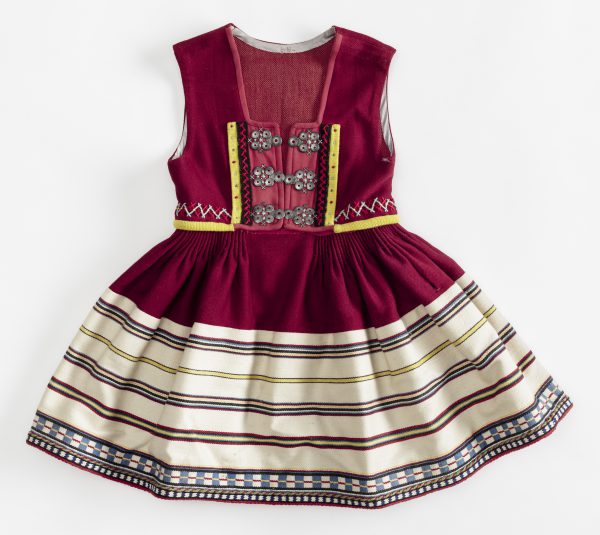 Child’s national costume – for free Estonia
Child’s national costume – for free Estonia
-
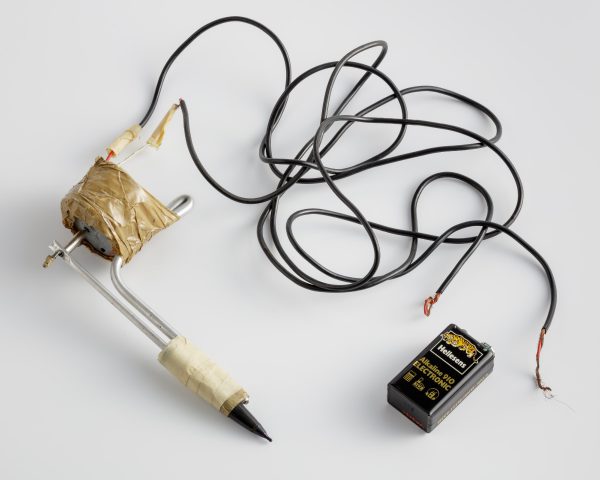 A tattoo machine
A tattoo machine
-
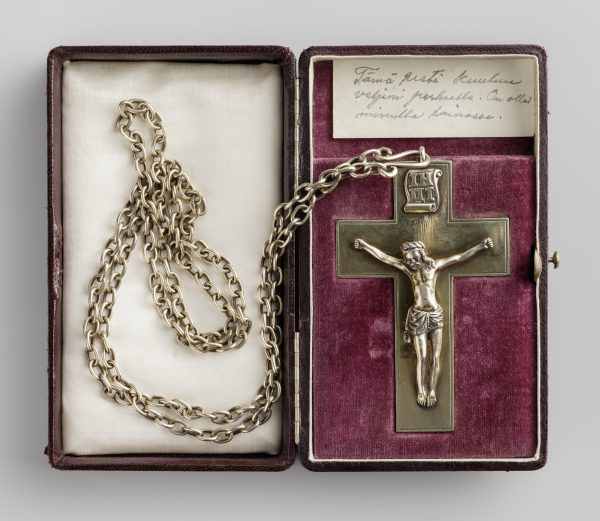 Juho Saarinen’s pectoral cross
Juho Saarinen’s pectoral cross
-
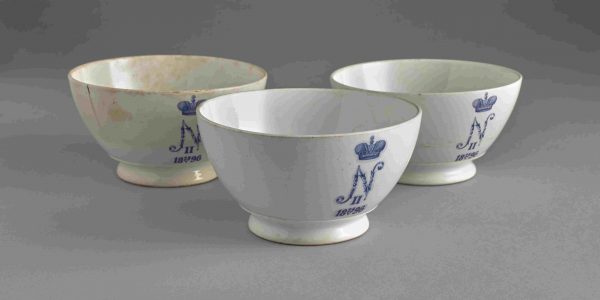 Coronation bowls
Coronation bowls
-
 A hundred years ago – flapper fashion in the 1920s
A hundred years ago – flapper fashion in the 1920s
-
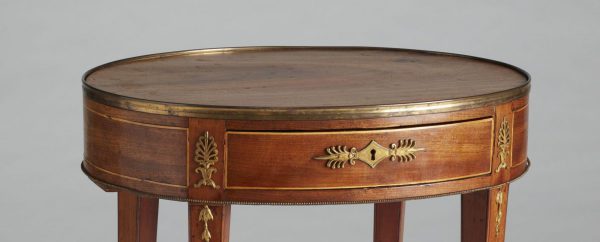 A table from The Friends of the National Museum of Finland
A table from The Friends of the National Museum of Finland
-
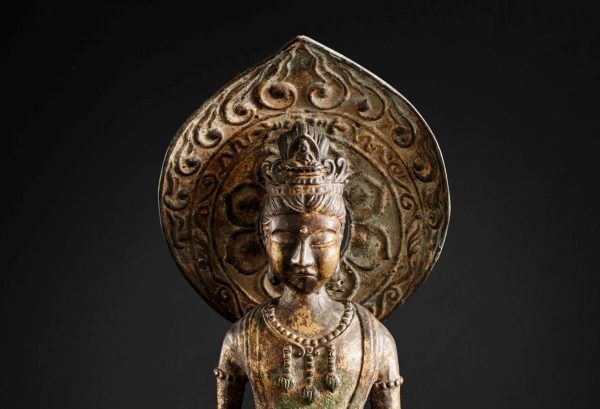 Sculpture of Bodhisattva
Sculpture of Bodhisattva
-
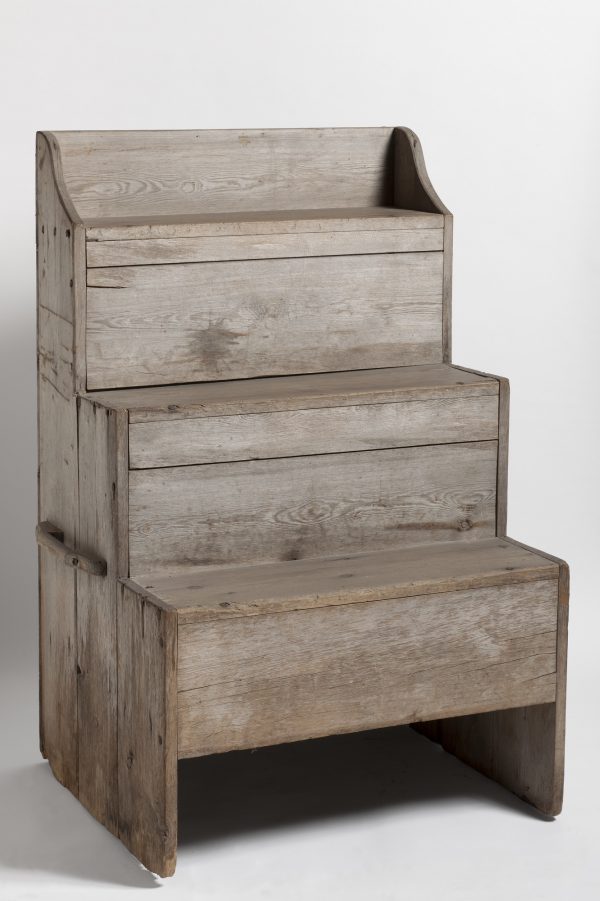 The stool of repentance from Vihanti Church
The stool of repentance from Vihanti Church
-
-
2020
-
2019
-
2018